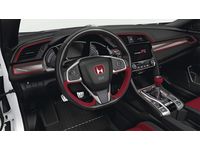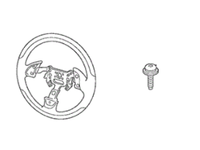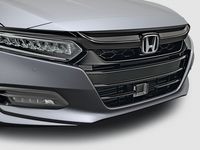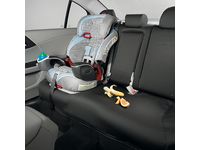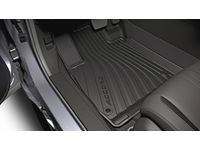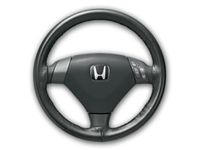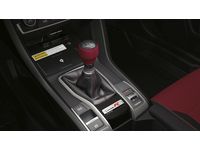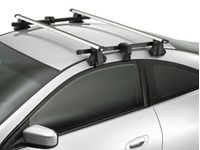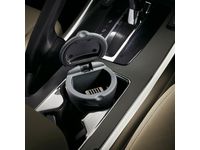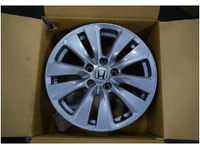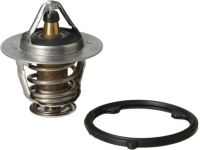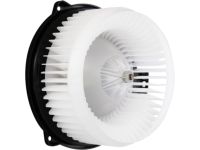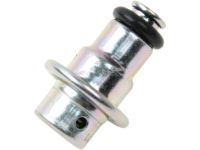- Hello
- Login or Register
- Quick Links
- Live Chat
- Track Order
- Parts Availability
- RMA
- Help Center
- Contact Us
- Shop for
- Honda Parts
- Honda Accessories

Why choose HondaPartsNow
- Unbeatable Prices
HondaPartsNow.com is your prime online source for discounted prices. We offer high-quality options for your vehicle that can't be found anywhere else. HondaPartsNow.com offers genuine parts at discounted prices, allowing you to keep your vehicle running at its peak without straining your budget.
- Dedicated Service
HondaPartsNow.com ranks second to none in devoted customer service. We strive to exceed the customer's expectations and build relationships with the customers. We are always ready to assist you with any inquiry or detail about your vehicle's parts and accessories.
- Rapid Delivery
HondaPartsNow.com is devoted to combining genuine Honda Accord parts and accessories with fast and affordable shipping. Most items listed in our catalog are in stock and are shipped out promptly after the order has been successfully processed. This guarantees you receive the parts your vehicle needs without needing to leave your home in just a matter of days.
Popular Genuine Honda Accord Parts
- Electrical / Exhaust / Heater / Fuel Parts View More >
- Chassis Parts View More >
- Engine Parts View More >
- Interior / Bumper Parts View More >
- Body / Air Conditioning Parts View More >
- Accessories View More >
Shop Genuine Honda Accord Parts with HondaPartsNow.com
The Honda Accord, known for its long-standing prominence in the United States, began its journey in 1976 as a compact hatchback. Over the years, the lineup expanded to include sedan, coupe, and wagon versions. The Accord evolved into a mid-range vehicle in the late 1990s, employing the same foundational chassis but undergoing a body redesign to increase its competitiveness in various international markets. In 2007, with the introduction of the eighth generation in North America, Honda further upped the model's stature and size. Notably, the Accord marked Honda's first foray into vehicle production in the U.S in 1982, earning the distinction of the top-selling Japanese car in the U.S for 16 years. A success story in the making, the Accord combined Civic's platform continuity with power steering, a novelty for sub-two-liter vehicles. Its four-door sedan variant made its debut in 1977 with a slightly elevated roof for added comfort. The sedan further offered Japanese mid-range features like decorative nose covers and lace seat covers. Over the years, enhancements included a new grille, taillights, and transmission updates, while retaining the CVCC fuel injection system. A distinctive characteristic of the North American version is the four-headlight configuration, meeting U.S federal lighting regulations. These cumulative enhancements contribute to the Honda Accord's enduring legacy.
Honda Accord owners have reported various issues when the vehicle reaches around 10,000 miles. Primary concerns include transmission problems, evidenced by slipping, jerking, or complete failure when shifting gears. Hard shifts and grinding noises from under the vehicle often indicate these issues, suggesting a need for inspection of the transfer case seal, clutch slippage, transmission pan, and valve body. Engine performance reductions, difficulties starting, loss of power during acceleration, and decreased fuel efficiency are also common, typically signified by the illumination of the Check Engine Light. Key components to examine in such cases include the Accord's air filter, oil filter, oxygen sensor, and valve cover gasket. Brake failures have been reported too, warranting attention towards the brake pad set and brake disc. Apart from these significant issues, routine maintenance is crucial for the Accord's longevity. Electrical parts, such as the door lock actuator responsible for locking and unlocking power doors, may wear out due to repeated usage, as can the power window switch. Regular service is also necessary for components like the cabin air filter, wiper blade, and emblem.
Every OEM component is subjected to rigorous quality checks, assuring its safety, resilience, and performance that aligns with your original parts. If you are in demand for superior quality and affordable OEM Honda Accord parts, such as Transmission - Automatic, Transmission - Manual, then shop with us! We own a wide range of the reduced-priced genuine Honda Accord parts. You can purchase in confidence as all parts come with a manufacturer's warranty. Any issues with our products? No need to worry as we have a hassle-free return policy to guide you every step of the way.
Honda Accord Parts Questions & Answers
- Q: How Do I Replace the Thermostat in My Honda Accord?A: Check coolant level, drivebelt tension and temperature gauge. Replace thermostat if engine takes long to warm up. If engine runs hot, disconnect battery, remove battery and air filter housing, drain cooling system, locate thermostat housing cover, remove quick connect fitting or loosen hose clamp, take note of thermostat installation, remove thermostat housing cover bolts and cover, remove old seal, install new seal or O-ring, install thermostat, install thermostat housing cover, reattach hose and tighten hose clamp, refill cooling system, reconnect battery, start engine and allow to reach normal operating temperature, check for leaks and proper thermostat operation.
- Q: How to replace the Blower Motor and Power Transistor in a Honda Accord?A: Working in the passenger compartment under the glove box, disconnect the electrical connector from the blower motor power transistor. On 2004 and 2005 models, remove the lower dash panel to gain access to the blower motor transistor by pulling down on the edge of the panel near the glove box until all retaining clip and pins have been separated. Remove the blower motor power transistor mounting screws and remove the transistor. Installation is the reverse of removal. Reconnect the battery. Disconnect the electrical connector from the blower motor. On 2004 and 2005 models, remove the lower dash panel to gain access to the blower motor by pulling down on the edge of the panel near the glove box until all retaining clips and pins have been separated. Remove the blower motor mounting screws and then remove the blower motor assembly. Remove the circlip from the blower motor shaft to release the fan from the motor. Installation is the reverse of removal. Reconnect the battery.
- Q: How to remove and install the Fuel Pressure Regulator on Honda Accord?A: Remove fuel pump/fuel gauge sending unit, clip, regulator, and two old O-rings. Install in reverse, using new O-rings. SULEV four-cylinder models and all V6 models: Remove fuel pump/fuel gauge sending unit, holder, regulator, and old O-ring. Install in reverse, using new O-ring and oil.















































